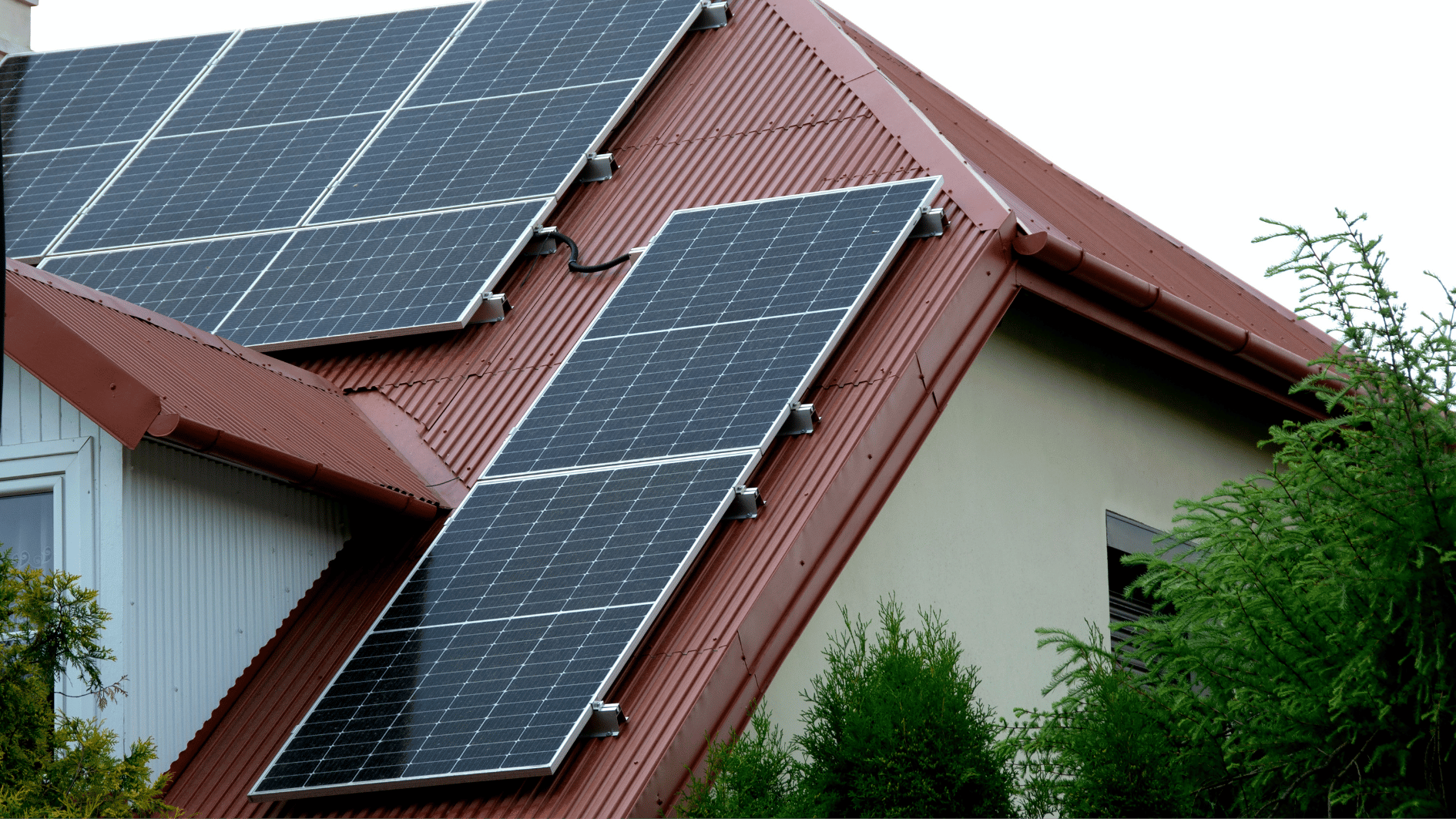Image source: Canva.com
A solar panel’s lifespan typically ranges from 25 to 30 years. During this time, its performance gradually declines, eventually reaching the end of its “useful life.”
However, reaching this benchmark doesn’t mean the solar panel becomes useless. Even after 25 to 30 years, solar panels can continue to produce electricity, though at reduced efficiency. At this point, investing in a new system often becomes more practical and financially viable.
Several factors influence the lifespan of your solar panels, including:
1. Installation Quality: The expertise and integrity of your installer play a significant role in the system’s longevity.
2. Equipment and Warranties: The specific components of your system and their warranties affect overall durability.
3. Degradation Rates: Over time, solar panels degrade at varying rates, impacting their efficiency.
4. Maintenance: Regular maintenance routines help maximize the lifespan of your solar panels.
Understanding these factors can help you make informed decisions about maintaining and eventually replacing your solar energy system.
General Lifespan of Solar Panels
A solar panel’s lifespan is not defined by the point at which it stops producing electricity entirely. Instead, its “useful life,” typically around 25 to 30 years, is the standard measure.
Over time, solar panels gradually degrade and produce less electricity. While older panels can still be useful for small, low-demand applications, most people retire their panels after about 30 years. By this time, energy production usually declines significantly, making it practical to replace them with newer, more efficient systems. Additionally, most warranties expire around the 30-year mark, further supporting the decision to upgrade.

Understanding Solar Panel Issues and Degradation
Solar Panel Degradation: How Fast Do They Lose Efficiency?
A 2021 study by the National Renewable Energy Laboratory (NREL) found that, on average, solar panel output decreases by 0.5% to 0.8% each year. This rate of decline is known as the solar panel degradation rate.
The degradation rate indicates how much electricity your solar panels are expected to produce in any given year of their useful life. To calculate the projected output, multiply the degradation rate by the number of years since installation and subtract that percentage from 100%.
For example:
- With a 0.8% degradation rate, in the second year, your panels will operate at 99.2% of their original output. By the end of their 25-year lifespan, they will still function at 82.5%.
- A panel with a 0.5% degradation rate will produce around 87.5% of its original output after 25 years.
As solar technology advances, degradation rates are improving, with rates below 1% now standard across the industry. Premium manufacturers, like Maxeon, offer rates as low as 0.25%.
Solar Panel Warranties
Solar panel warranties are critical to understanding the long-term reliability and performance of your solar energy system. They provide assurances about the durability, performance, and potential repairs or replacements over the life of your panels. Here’s a breakdown of what solar panel warranties typically cover:
Types of Solar Panel Warranties
Performance Warranty
- Coverage: This warranty guarantees that your solar panels will produce a certain percentage of their rated power output over a specified period. For instance, a typical performance warranty might ensure that panels will still produce at least 80-85% of their original capacity after 25 years.
- Duration: Usually, performance warranties last between 10 to 25 years.
- Purpose: It protects against significant decreases in energy output that could affect your system’s efficiency and overall return on investment.
Product Warranty
- Coverage: This warranty covers defects in materials and workmanship, such as issues with the panels’ physical structure or manufacturing faults. It ensures that the panels are free from defects and that any issues not related to performance will be addressed.
- Duration: Product warranties generally last from 10 to 15 years.
- Purpose: It provides protection against manufacturing defects and ensures that any faulty panels will be repaired or replaced.
Installation Warranty
- Coverage: This warranty covers the installation work performed by the solar installer. It addresses issues related to the installation process, such as improper mounting or electrical connections.
- Duration: Installation warranties typically last between 1 to 10 years, depending on the installer.
- Purpose: It ensures that the installation is completed correctly and that any issues arising from the installation will be resolved.
Making Solar Panels Last Longer

Quality Installation and Equipment
Choose reputable installers and high-quality panels with robust warranties to ensure long-term performance. SolarWiki enables you to get quotes from multiple installers to compare different options.
Regular Inspections
Have professionals inspect your panels and related equipment regularly to identify and fix issues like loose racking or exposed wires.


Protection from Damage
Prevent physical damage by ensuring there are no nearby trees that could drop branches on your panels. Consider additional protective measures, like critter guards, to avoid damage from animals.
By researching manufacturers and working with reliable installers, you can ensure a sustainable and cost-effective solar panel system that meets your energy needs. Explore solar options on platforms like SolarWiki Marketplace to compare quotes and find the best combination of products, financing, and installers.





